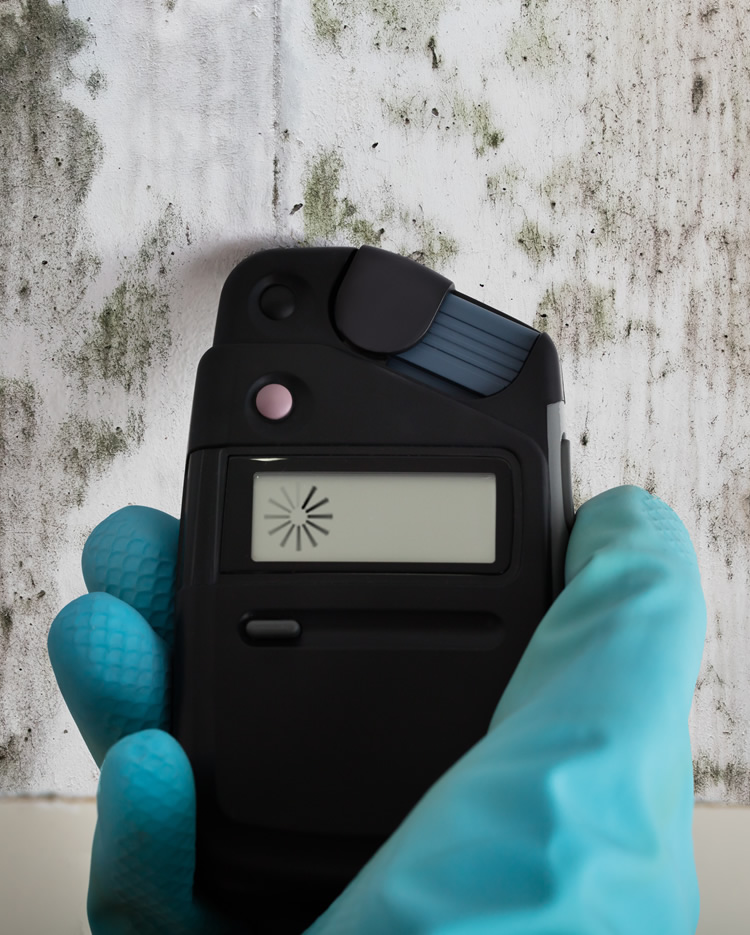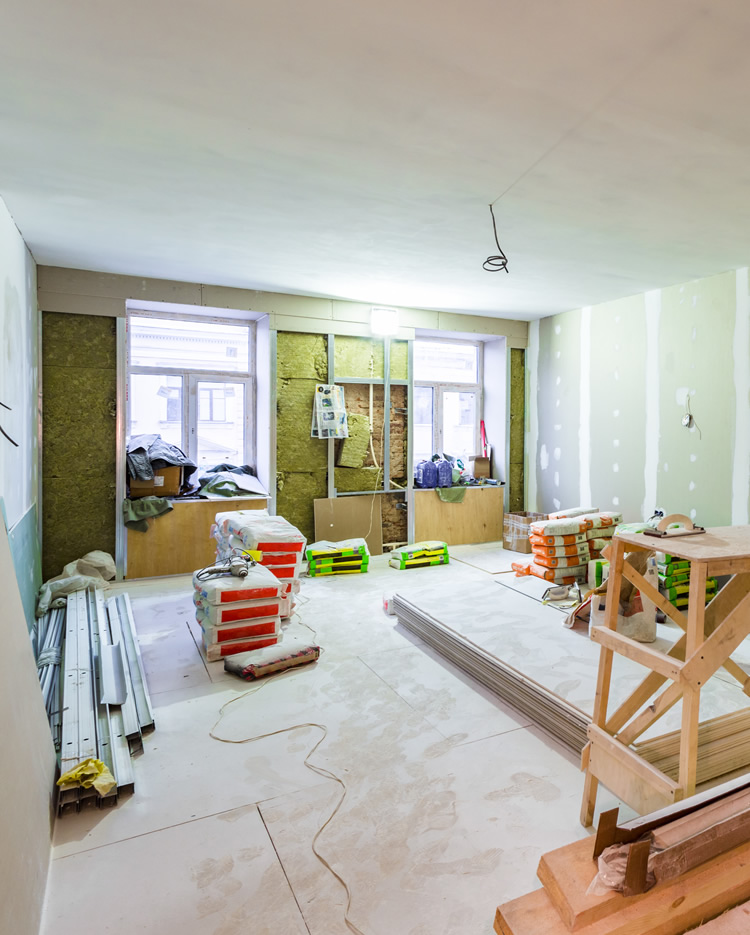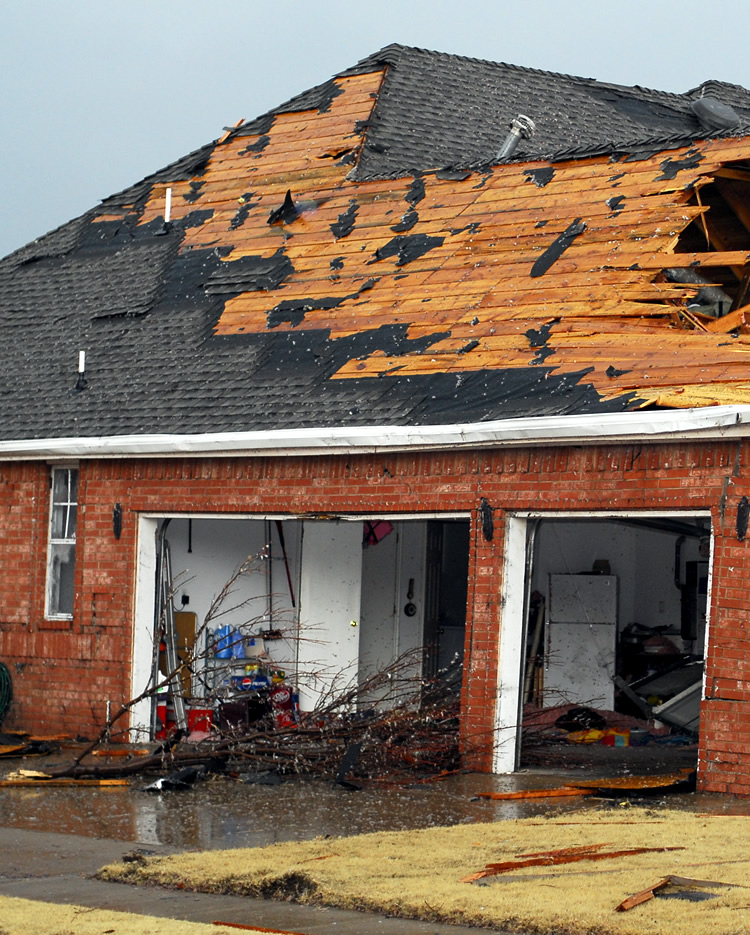
Blog post
Mold Remedation
As a homeowner, the mere mention of mold might give you a cold sweat. It’s one of those hidden dangers that could be lurking behind your walls, under your sinks, or even in your crawl space. But while it may be tempting to cross your fingers and hope you don’t have a problem, it’s much better to learn about mold, check for it, and know how to act when you have it. In fact, taking a proactive approach is the first step in casting away all your fear of this pesky nuisance moving forward.
We won’t go so far as to say that you’ll see mold in a new light after this article, but you’ll certainly feel more confident about how to keep this dangerous living organism out of your home! And don’t worry. If you’re feeling overwhelmed, the pros here at one stop restoration mold remediation services in Atlanta can help.

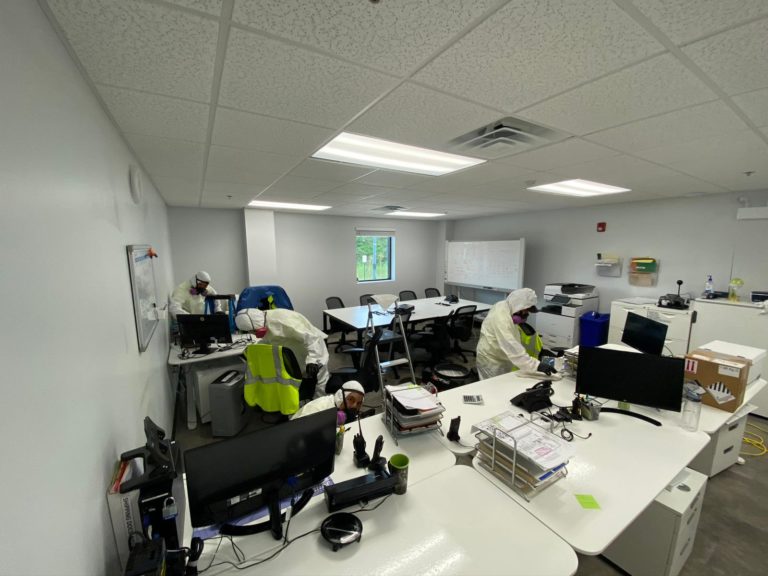


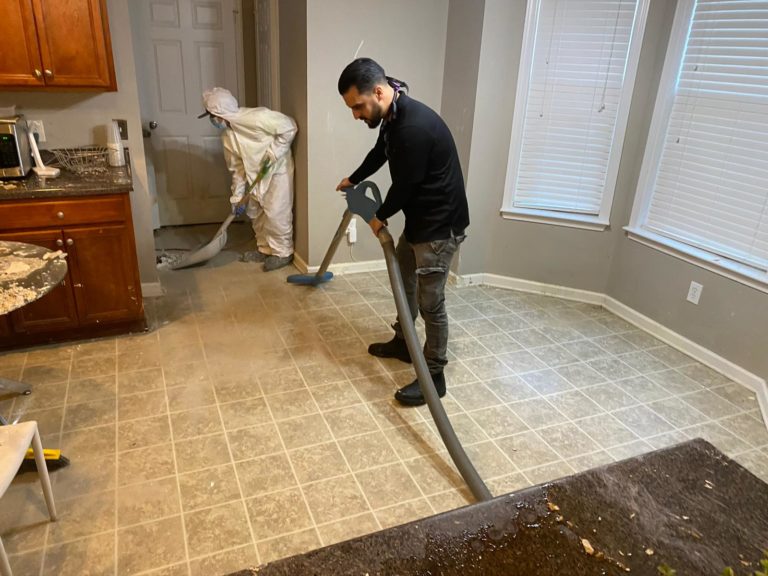
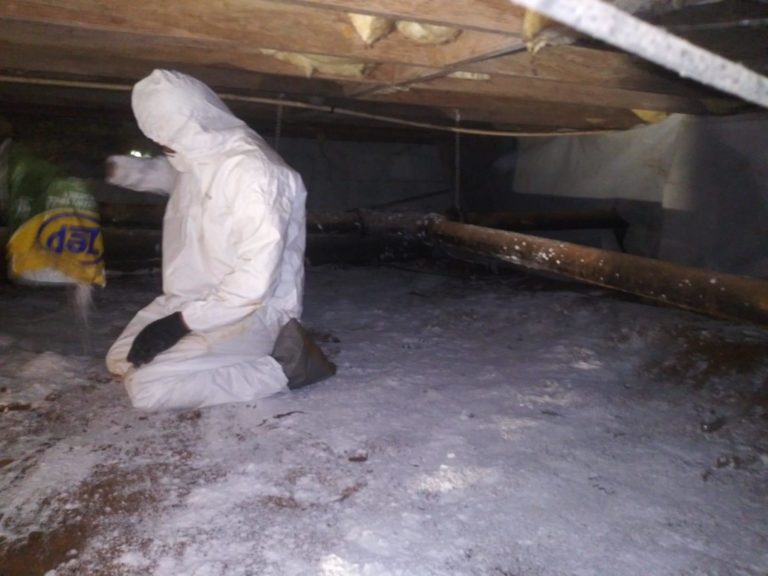

What is household mold?
If it feels like mold appears in your home out of the thin air, well, in a sense, it does. Mold is a type of air-borne fungal spore that exists in virtually all environments. In fact, they are so much a part of our everyday environment that it would be impossible to eradicate them. The good news is, without the right conditions, these microscopic spores float around harmlessly and inactively within our homes. Usually, we don’t have to worry about them unless we leave a piece of fruit on the counter for too long.
But, in areas that are dark and humid, mold spores are able to land and form colonies. Mold colonies can thrive on a variety of different surfaces, from fabrics to paint to natural wood, and more. Over time, mold colonies consume and decompose the surfaces on which they form, which is a great thing in natural habitats, but a disaster in your home. As we’ll cover later on, this process can sometimes release chemical byproducts like mycotoxins, which are hazardous to the health of humans and pets.




Are there different kinds of mold?
Amazingly, there are over 100,000 different kinds of mold in the world. But, don’t be intimidated by the number. You don’t have to know that many when it comes to your own home. According to the CDC, there are only three major household molds that you are likely to find in your home: cladosporium, penicillium, and aspergillus.
Now, how can you know what kind of mold you have in your home? Can you tell by just the color? Is black mold worse than green? Do you need to have the mold tested to know what strain you’re dealing with?
Well, it’s actually much more simple than that. Testing the mold to know what strain you have in your home is not only costly, but also unnecessary in many cases. And, as we’ll cover in the next section, all types of mold can have negative health outcomes, regardless of the color. So, no matter what strain the mold colony is, it will need to be removed.
Why, then, are there so many companies that offer mold testing? Well mold testing can be useful if your home has experienced water damage but you don’t have visible signs of mold. Or, if you’re doing a home renovation project that will involve removing drywall or wallpaper, doing a mold inspection beforehand can ensure that you’re not spreading harmful spores throughout your home during the process.
During a mold remediation, your professional service providers may also choose to test mold in your home before and after they’ve finished the treatment process. This allows them to collect appropriate data when putting together a mold remediation plan, as well as provide proof that your home is safe to live in after the job is done.
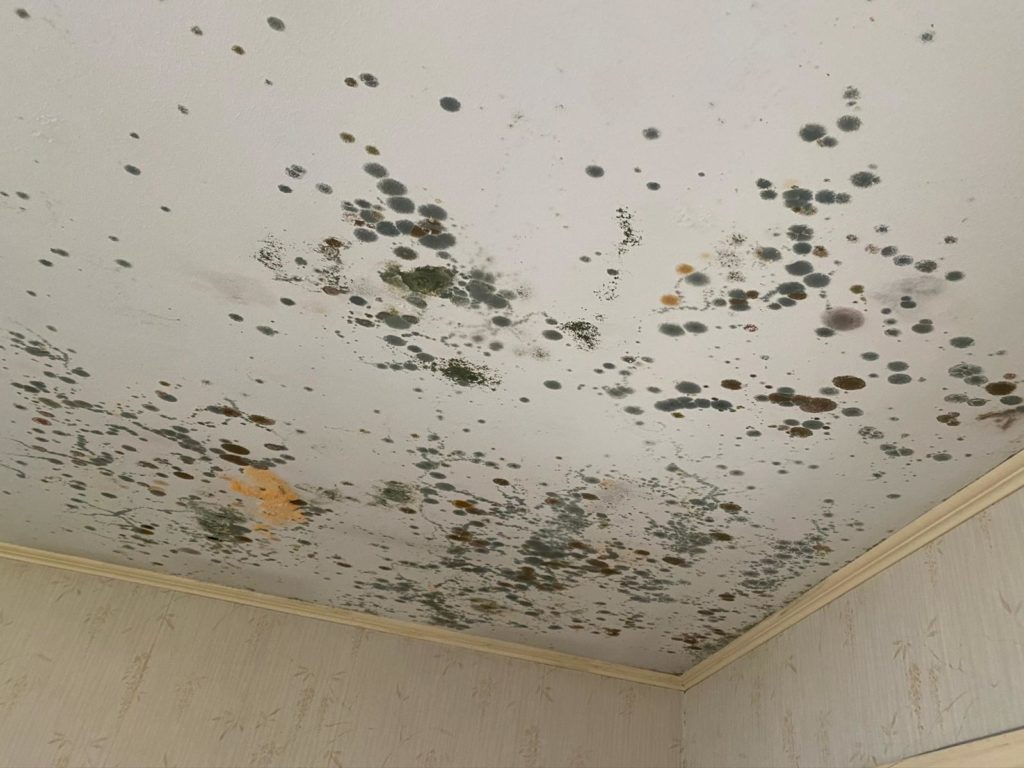
What are the health risks of mold?
One of the reasons why it’s important to remove mold as soon as you spot it is because colonies will continue to grow and cause damage to your home if left untreated. But, another reason is that mold has the potential to cause negative health outcomes in your family and pets. Not everyone will experience a negative health reaction to mold exposure, but some people will show the following symptoms:
- Sneezing and respiratory strain
- Asthma
- Headaches
- Itchiness and throat irritation
- Skin rashes
- Red and itchy eyes and nose

These allergic reactions can be common with people who are sensitive to mold exposure. But those without sensitivity can also develop symptoms if the mold is persistent.
Another risk of mold exposure is the potential ingestion of mycotoxins. As we mentioned earlier, mycotoxins are produced during the life stage of certain types of mold and can be ingested by breathing it in or touching a mold colony. Mycotoxins are known carcinogens, which is why even those without allergen sensitivities should still practice extreme caution around mold.
Okay, now what about stachybotrys? This type of mold has appeared repeatedly in the media as black mold or toxic black mold. Is it really the scary strain that everyone should be worried about? Well, according to the CDC, there are currently no proven links between stachybotrys and pulmonary hemorrhage, as has been suggested in the past. That said, this strain of mold can trigger the general health outcomes that we’ve already covered, and should be treated just like any other type of mold.

What should you pay attention to if you think you might have a mold problem?
Clearly, if you see mold in your home, it’s time to act. But what are some things that you should pay attention to if you don’t see any visible colony? Here are a few red flags that can increase the likelihood that you’re dealing with a mold problem:
- Recent water damage. Whether it’s a flash flood or a burst pipe, water damage can lead to mold growth in a matter of hours. That’s why it’s incredibly important to start drying out your home as soon as possible. If you haven’t resolved the water damage within two days, there’s a good chance that you’ll need to address a mold problem.
- Leaks and improperly sealed windows and doors. Leaky sinks and drafty windows aren’t just a nuisance, they can also lead to humidity problems that encourage mold growth. If you notice these in your home, it’s not only important to fix the problem but also to inspect the surrounding area for mold.
- A musty or rotting smell. A tell-tale sign of mold growth is smell, so if you notice an unpleasant, musty odor in your home, it’s time to look closer for mold.
- Development of allergies or irritation in your family members or pets. Because the health conditions associated with mold can be attributed to a variety of other things, this isn’t the best way to tell if your home has mold. But, if anyone in your family is suffering from irritation, itchiness, or respiratory strain, it certainly doesn’t hurt to take a look around for a potential mold problem.

Where should you look for mold?
Maybe someone in your family is showing the symptoms of mold exposure or your home has recently undergone water damage, but you haven’t actually found a mold colony. How can you go about inspecting your home for a potential mold infestation?
Well, the easiest place to start is by taking a look in the areas that mold is most likely to grow, such as:
- Under sinks in the bathroom, kitchen, or laundry room
- Behind toilets and around bathtubs
- The walls and windowsills around windows that aren’t properly sealed
- Ventilation ducts
- Under carpets in rooms that have improper ventilation or have experienced water damage
- The dark areas within chimneys and fireplaces
- Basements, garages, and crawl spaces
- Walls, corners, and floorboards in the attic
- Around water heaters
- Peeling wallpaper
- Ceilings, especially in corners and along edges
As you can see, mold can appear in just about any area of your home. So, set aside some time to go through your home and take a closer look at some of these common areas for mold growth!
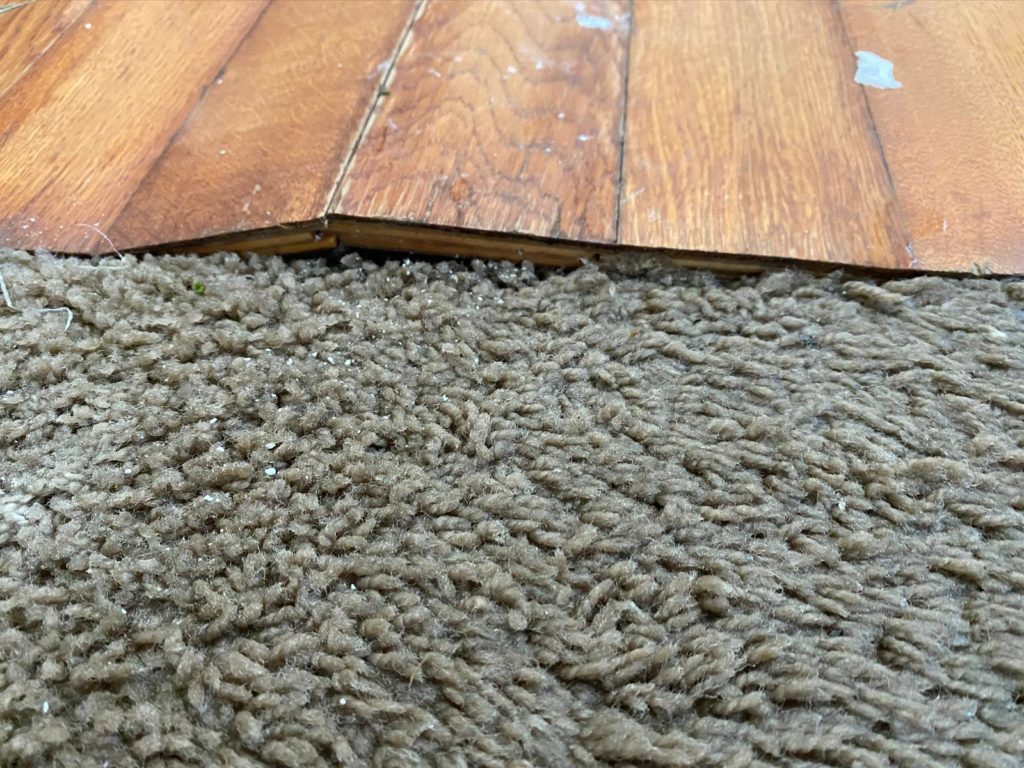
Is it dirt or is it mold?
Sometimes mold can look a lot like a build-up of grime or dirt on your walls. So, how can you be sure that you’re really dealing with a mold colony? Well, if there’s humidity present and you smell something musty, we’re sorry to say, it’s probably mold. But, here’s a simple way to check if you’re still not sure:
Apply bleach to a small part of the discolored area. If, after a few minutes, the patch lightens in color, it’s likely mold. If it remains the same color, you’re probably dealing with dirt.
Another way to check is to clean a small patch and wait a day or two. Mold will regrow in the cleaned area, and you can be sure that you’re dealing with a colony. While effective, it’s best not to leave a mold colony untreated for long. So, if you suspect mold, it’s better to call in the pros just in case. One stop restoration offer a complete 24/7 Mold testing and removal services in Atlanta metro area.
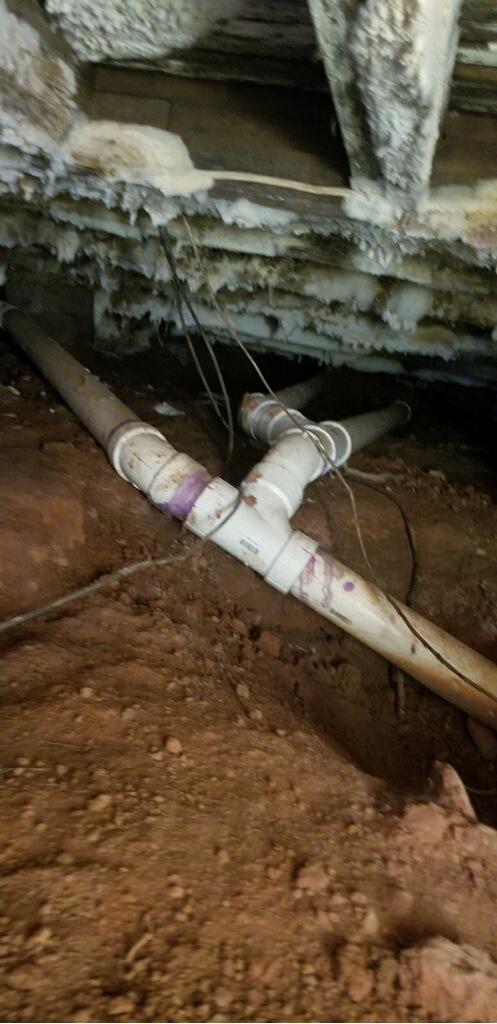
Can you clean mold yourself?
A small growth of mold on your shower curtains or bathroom tiles can be treated with a little elbow grease. But when it comes to larger mold problems, it’s best to call in the pros. Here’s why:
- A professional mold remediation team will have the proper equipment to keep themselves safe. As we’ve covered so far, mold can pose health problems. Extensive mold damage can also increase the risk of injury from weakened wood and drywall in your home. Your remediation team will show up with the necessary gear and experience to keep themselves safe when treating a mold problem.
- They can detect and treat hidden mold. Remember that mold loves to hide! And, unless you’re interested in breaking down the drywall and replacing insulation yourself, it’s best to leave it to the pros.
- They can treat mold from water damage quickly and efficiently to prevent further problems. Because mold can develop quickly in the wake of water damage, it’s crucial to treat and prevent further growth as soon as possible. Professional teams can work efficiently to save you money later on.
- They can conduct tests to ensure that the mold is really gone. While you may be able to remove small mold colonies from your home on your own, one of the dangers of going the DIY route is that you can’t know for sure whether you really got rid of the colony on a molecular level. The pros can conduct reliable tests so that you can breathe easy knowing that the problem is really over.

What does mold remediation entail?
If you are ready to call in a mold remediation service, here’s how your team will get to work:
- Inspection and planning
During this stage, your mold remediation pros will inspect your home thoroughly to identify visible and hidden mold. They’ll also put together a treatment plan that you can sign off on before they get started.
- Isolation of the mold area
Because mold spores are air-borne, the pros know the importance of properly sealing off their working area. This may include covering ventilation ducts and other areas with plastic to prevent mold from spreading to other parts of the house.
- The drying out phase
It’s essential to tackle moisture problems before treating mold to prevent the colony from coming back. Your team may need to remove water-damaged items and use specialized tools, including wet vacs, to remove excess water.
- Treatment
Your team will now physically remove all mold spores through a process of cleaning, chemical treatment, and vacuuming with special HEPA filters. This stage may also include opening up drywall to remove and replace damaged insulation, or replacing other features such as baseboards, carpeting or wallpaper.
- Final inspection
Once your team has thoroughly vacuumed the area to remove mold spores from surfaces and the air, it’s time to check their work. The good news is, your mold remediation process is almost over, and you can get back to living your life mold-free!
One stop restoration offers complete mold testing and remediation services in Atlanta metro area including nearby cities:
Norcross, Lilburn, Tucker, Duluth, Johns Creek, Sandy Springs, Marietta and more.

How much does mold remediation cost?
The question on every homeowner’s mind is, how much does a mold problem cost? Well, as you probably already guessed, it depends on the extent of the damage. Did the mold get into the insulation? Has it caused structural damage? How easily can the underlying cause of mold be fixed to prevent future growth? These are all questions that will factor into the final price of a mold remediation process.
That said, it’s helpful to get a picture of some average prices for the Atlanta GA area as you start collecting quotes from potential remediation services. What you’re likely to find is that basic mold remediation for a 500 square foot area will cost between $1,800 and $6,000.
While mold remediation is certainly a costly process, remember that it is crucial to act quickly to prevent further damage. It’s always better to get a professional team in now rather than risk dealing with a larger mold problem later on.

Where should you look for mold?
To be sure, dealing with a mold problem can be a difficult process. And after you’ve had a mold remediation team come in, the last thing you want to worry about is the mold coming back. Luckily, there are a few things that you can do to prevent mold in the future:
- Make sure that your home is well-ventilated. Replacing air filters, installing ventilation in your bathroom, kitchen, and laundry room, and giving your entire home the chance to get some fresh air will go a long way in keeping humidity levels down.
- Inspect your roof, windows, and doors. Fix all improperly sealed windows and doors and check your roof regularly for signs of damage.
- Be mold-conscious about renovation projects. On the one hand, it’s a good idea to be careful about removal of wallpaper and other materials that could spread mold spores. But, you can also set yourself up for success by choosing paint with mold inhibitors and replacing old carpeting with more mold-resistant options, such as hardwood or tile.
- Don’t let plumbing problems go unfixed. Remember, a leaky faucet isn’t just a nuisance! Fix all plumbing problems as they arise to lower the risk of mold growth.
- Know who to call in the case of water damage. Sometimes disasters happen, and it’s always best to be prepared. Having the number of your reliable local Atlanta GA mold remediation service on hand will ensure that you’re able to get help as soon as possible.
Now that you know everything there is to know about household mold, remediation, and prevention, you’re in a strong position to keep this household menace at bay!
Need help? Call the professionals at One Stop restoration for all your mold remediation needs in Atlanta GA metro area.

TESTIMONIALS
What our customers say
Kit Harington
Atlanta, Georgia - HomeownerWhy One Stop Restoration?
We are the right fire and smoke restoration firm for your emergencies because of the following:
- 24/7 Availability
- Experience
- Modern Equipment
- Quality Insurance Cover
OUR BLOG
Latest news from us
Mold Remediation
Blog post Mold Remedation As a homeowner, the mere mention of mold might give you a cold sweat. It’s...


